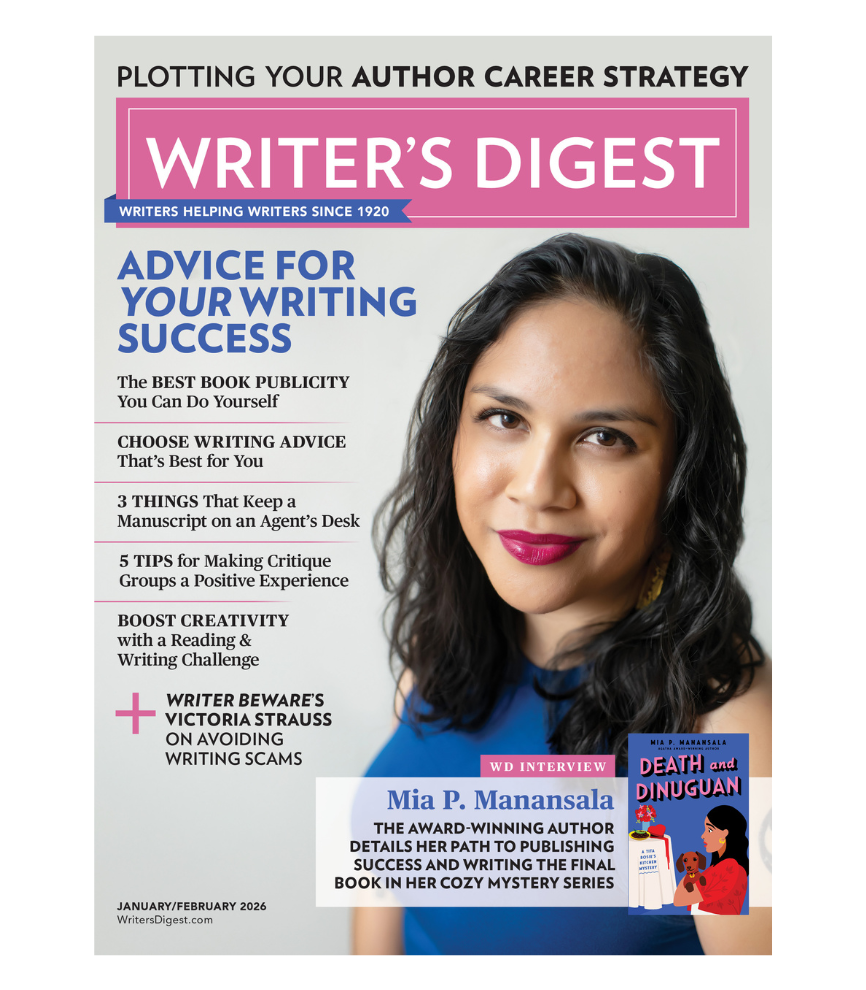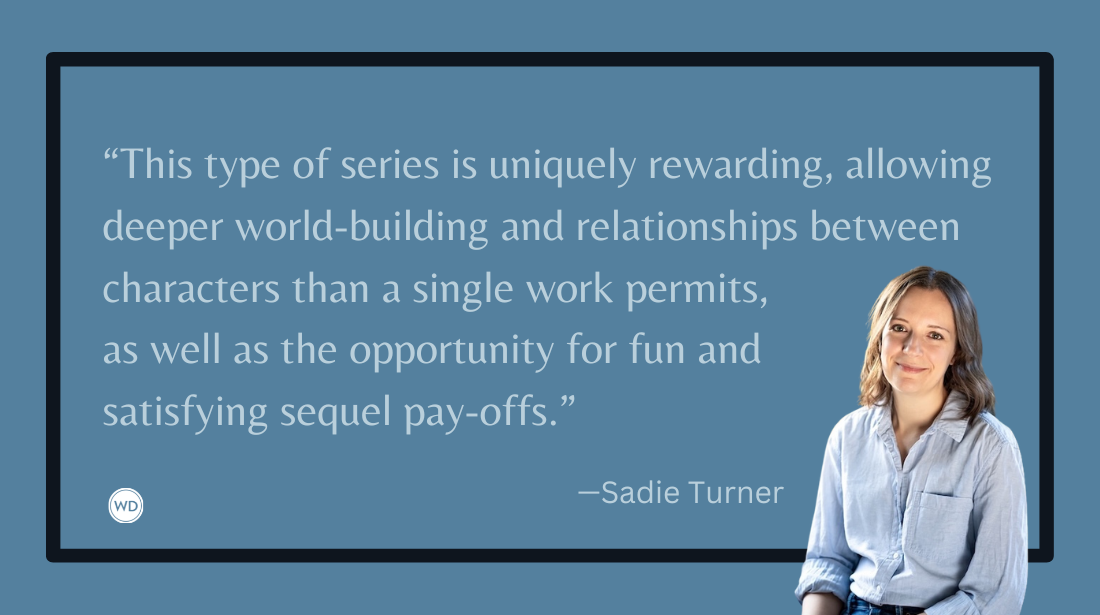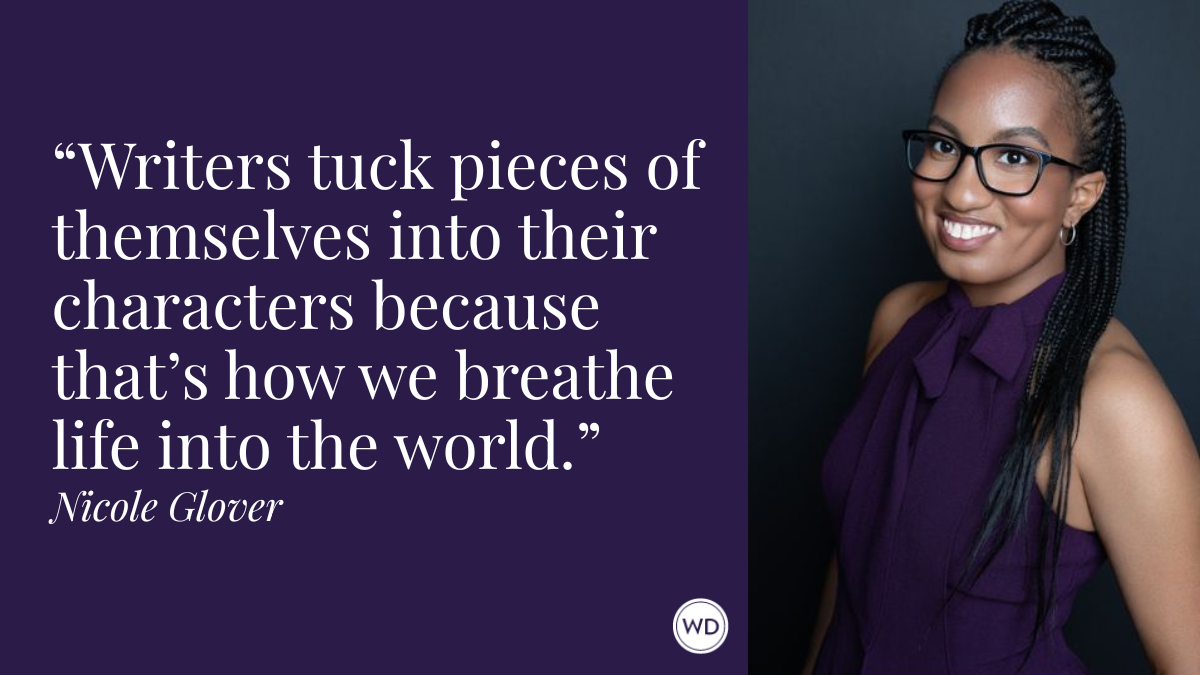Dawn Kurtagich: A Lot Can Be Said for Being Stubborn
In this interview, author Dawn Kurtagich discusses the process of reimagining a classic with her new gothic novel, The Madness.
Dawn Kurtagich is the award-winning author of The Dead House, And the Trees Crept In, Teeth in the Mist, and Blood on the Wind. She leaves her North Wales crypt after midnight during blood moons. The rest of the time she exists somewhere between mushrooms, maggots and mould. She is enjoying life with her new liver, Lucy, her husband, two black cats, and those moldy forest mushrooms we mentioned earlier. Follow her on X (Twitter), Facebook, and Instagram.
In this interview, Dawn discusses the process of reimagining a classic with her new gothic novel, The Madness, her hope for readers, and more.
Name: Dawn Kurtagich
Literary agent: Victoria Marini of The Highline Literary Collective
Book title: The Madness
Publisher: Graydon House Books
Release date: August 27, 2024
Genre/category: Thriller-Suspense / Women’s Fiction / Psychological Thriller / Horror
Previous titles: The Dead House, And the Trees Crept In, Teeth in the Mist, Blood on the Wind
Elevator pitch: After a frantic email from her childhood best friend, Mina is forced to return to her Welsh hometown to confront the demons she left behind—and a new threat waiting in the shadows.
What prompted you to write this book?
In 2019, I was approached by Alloy Entertainment to write a modern reimagining of a classic novel. Having previously read Dracula and been left deeply unsatisfied by the lack of agency and sidelining of the female characters, it seemed a great opportunity to explore the female side of the story. This coincided with significant real-world developments—the long-overdue prosecution of Epstein, Weinstein, and other notorious predators of women.
Setting the novel in Wales was an obvious and conscious choice on my part, since it is where I live, and it is an ancient, deeply gothic country: the perfect setting for a modern gothic novel. There is something truly atmospheric about North Wales, something medieval and mystical. It’s in the castles, the roads, the appellations, the history, the folklore. I wanted to tap into the beautiful coexistence of contrast—one of my favorite things about Wales is how a priest and a witch can speak the same language. Where Christian imagery and pagan symbolism live side-by-side, where you can see a green man and a cross in a church, side by side. This history of pagan-Christian crossover is very old, and there have been many historians who have written about it far more eloquently than I. I recommend The Rural Poor in Eighteenth Century Wales by David W. Howell if you’re interested in some of this history.
How long did it take to go from idea to publication? And did the idea change during the process?
The initial concept took some time to hone. I wrote several versions across a variety of genres, from straight horror to several adjacent genres, until finally arriving at the definitive story. To make it my own, I wove into it some of my passions: Welsh folklore, witchcraft, secret societies, and, in general, women’s voices and stories.
The process ended up being much longer than I had anticipated. It took more than three years from conception to the manuscript being taken up by a publisher.
Were there any surprises or learning moments in the publishing process for this title?
Absolutely. This project was collaborative in a way I’ve never experienced before. The creative energy in the room during plotting and editorial calls was palpable, intense. To have that kind of support at your fingertips, while also being able to go away and make the work wholly my own, was an entirely new experience. Writing is usually solitary, but this project had so many passionate champions from the get-go that I felt like part of a family. At the same time, I had to learn to compromise for the betterment of the narrative, to rein myself in (“Dawn, you can’t chop his head off with a bread knife!”), and to let my work be read before it was polished (that was new and challenging).
Were there any surprises in the writing process for this book?
The biggest surprise for me was how difficult a simple question could be—why now?—and how to choose from the multitude of possible answers that kept coming. In the end, the answer was made abundantly clear by the aforementioned events.
What do you hope readers will get out of your book?
They will get a densely atmospheric, Gothic story set in wet, brooding North Wales. The version of North Wales that some tourists who come here for its outstanding natural beauty don’t see—because it’s the North Wales of the winter months, when it’s awash in browns and greys, when it is plumbeous, overcast and frequently stormy, flogged by constant rain and skies that know no blue, because they are either a dark grey or black. But readers will also get an exciting story where an unusual cast of women—an OCD-ridden psychologist, a batty witch, a kooky hacker, and a Sapphic copper, each with their own demons—team up to fight the obscure and labyrinthine forces of powerful predators, secret societies, and ancient folklore and legends. A Scooby gang for the girls.
If you could share one piece of advice with other writers, what would it be?
A lot can be said for being stubborn! This is a tough, but beautiful business. Perfect your craft and don’t give up. Love it more than anything. Believe—foolishly, hopefully, endlessly, passionately. You only lose if you stop trying. I was once asked, after many years and many a rejection, why I didn’t just stop trying. My reply was fervent and fevered: “I will never quit. If I have to write 99 novels and do it until I’m 100 years old—I will do that. I will never quit.” Keep your eyes on your own page and ink your pen. One foot in front of the other. One word before the next. Stories are built one character at a time. You’ve got this.








